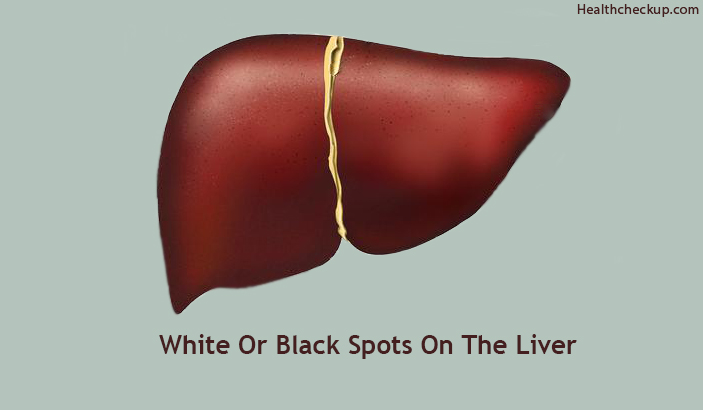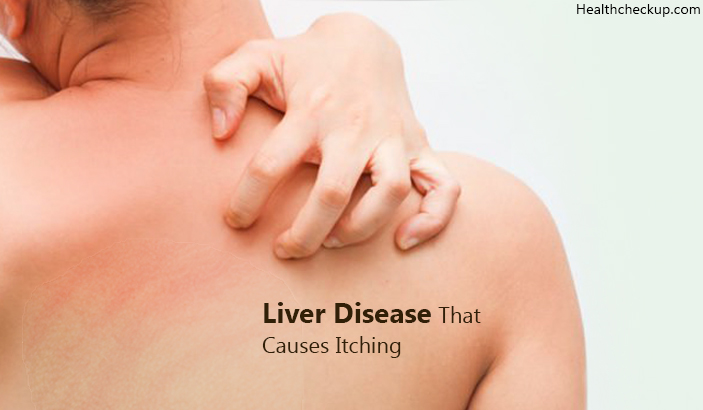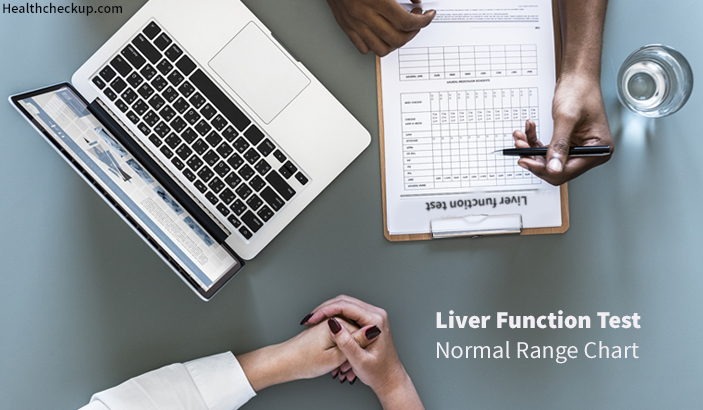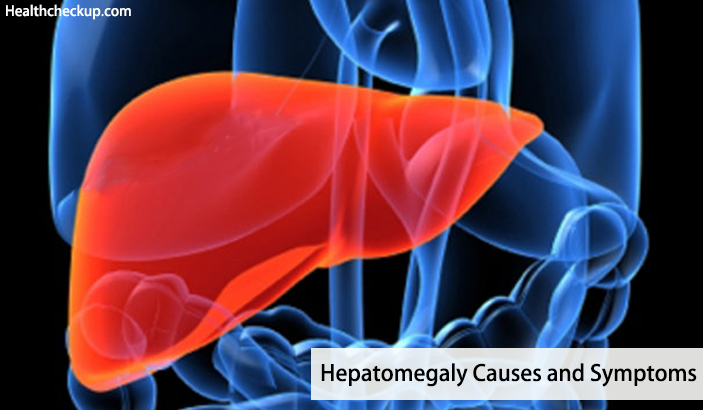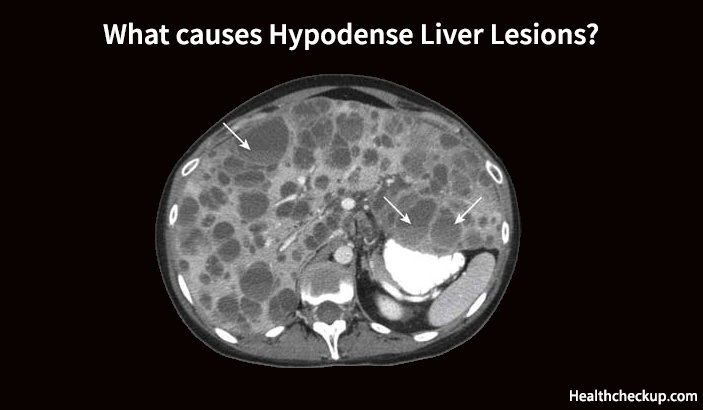The liver is the largest gland in the body. It is located in the right upper quadrant of the abdomen, just beneath the right lung. In the human body, the liver is equally important as the heart or the brain.
All major functions of the body, which are essential for the survival of a person, are carried out by the liver. Yet, it is the most underestimated organ of our body.
Some Important Functions of Liver are:
- Synthesis of Clotting Factors – Clotting factors are essential for normal circulation of blood.
- Metabolism of Carbohydrates – Stores glycogen and maintains levels of glucose in the blood.
- Metabolism of Fat – Synthesis of fatty acids, triglycerides, lipoproteins and metabolism of cholesterol.
- Metabolism of Bilirubin and Synthesis of Bile and Bile Salts – Essential for the breakdown of food to release nutrients, digestion of food and excretion of food and liquids. They convert insoluble lipids to soluble ones.
- Synthesis and Metabolism of Proteins
- Kuppfer Cells in Liver help in fighting infection and therefore essential for immunity. They also secrete 10% of erythropoietin (responsible for RBC formation).
- Storage of Vitamin A – Essential for normal vision. Vitamin A is stored in stellate cells (fat cells of the liver).
- Storage of Vitamin D – Essential for calcium absorption and to maintain the integrity of bones.
- Storage of Vitamin K – Essential for normal circulation. Vitamin K prevents blood loss and also helps in the synthesis of certain clotting factors.
- Storage of Vitamin B12
- Pit Cells in The Liver have natural killer cell properties. They fight against tumour cells and also aid in hepatic regeneration.
- Synthesis of essential amino acids and enzymes.
- Excretion of waste substances and heavy metals such as zinc and copper.
Due to such wide range of functions executed by the liver, any abnormality of the liver disturbs the normal functioning of the entire body. When the liver is affected, it may express itself through just signs and symptoms or it may show some structural abnormalities also. These may include fat depositions, abscesses or even spots on the liver.
So What Does It Mean if You Have White or Black Spots on Liver?
Spots on the liver are abnormal findings and they appear different from the normal healthy liver tissue. Infections, blood vessel disorders, inflammation and both benign and malignant tumours appear as spots on the liver. Additional tests should be run to find out the exact cause of these spots to appear.
Spots on the liver cannot be elicited on physical examination. A CT or an MRI scan is worthy to understand the kind of spots, dimensions, location and an exact number of spots on the liver.
1. Multifocal Necrotic Hepatitis/ Suppurative Hepatitis: Multifocal as in on multiple locations, necrotic meaning destroyed tissue and hepatitis means inflammation of liver tissue.
- Causative organisms are Salmonella, Listeria Monocytogenes and Campylobacter.
- Pus formation occurs on the liver capsule giving it a white spotty appearance.
- These organisms do not affect the liver directly. Since liver is responsible for providing immunity and excretion of toxins, these organisms tend to infect the liver during the process of excretion.
- Complaints are usually that of primary infection, mostly associated with dysentery, where the microbes get carried to the liver to be killed.
2. Liver Abscess: Pus filled sac on the liver capsule. Types are
- Bacterial (pyogenic) Abscesses – constitute 80% of all liver abscesses. Organisms responsible are E.Coli and Klebsiella pneumoniae. Associated with intestinal infections especially Crohn’s disease
- Amoebic Abscess – Occurs due to a parasite Entamoeba Histolytica.
- Fungal Abscesses – due to Candida species.
- Other organisms are Salmonella typhi, Yersinia pestis, Brucella melitensis and Actinomyces species.
- Liver abscesses are commonly found in association with other abdominal conditions and a history of trauma. They usually respond to a course of antibiotics and supportive care. Untreated ones, however, are potentially fatal.
- Liver abscess organisms can readily spread to other parts of the body due to liver’s close proximity to the inferior vena cava (drains into the heart).
3. Fatty Liver Disease: This can be alcoholic, non-alcoholic fatty liver disease or non-alcoholic steatohepatitis (steat0 meaning fats).
- The liver appears white and patchy due to deposition of excess fat over the liver. This happens when the liver is unable to metabolize fats, or when fat accumulation exceeds normal limits.
- It is commonly seen in obese individuals. It is also the most common cause of chronic liver disease in non-alcoholic people.
- This condition is asymptomatic and diagnosed on liver enzyme tests.
4. Hepatic Granulomas: These are usually asymptomatic. It can be caused due to:
- Drugs – Allopurinol, Phenylbutazone, Quinidine and Sulfonamides.
- Organisms – Mycobacterium tuberculosis, brucellosis, malarial fever and Actinomycosis.
- Granulomas occur due to poorly excreted liver irritants.
- These rarely disturb hepatic functioning and are diagnosed when a patient complains of jaundice.
5. Leptospirosis: This is an infection caused by the organism Leptospira. It is also known as Weil’s disease.
- Symptoms include fever, headache, meningitis and occasionally bleeding from lungs.
- It occurs when people come in contact with water contaminated from animal feces (especially dogs). It is also spread from rodents.
- This condition occurs commonly at the time of floods.
- The disease usually responds to antibiotics and supportive care.
6. Hydatid Cyst: This occurs due to the parasite Echinococcus (tapeworm). Infection occurs due to close contact with an infected animal. Dogs are definitive hosts of this organism.
- Initial stages of infection are usually asymptomatic.
- Symptoms include jaundice, abdominal fullness and bloating. Size of cyst varies from a few millimetres to centimetres. They may be single or multiple.
- Hydatid cyst of the liver is diagnosed on an ultrasound. It needs to be drained immediately.
- Rupture of the cyst may cause the spread of infection to other abdominal structures, high fever and shock.
Since the majority of causes for white spots on the liver are due to parasitic infestation affected man due to animals, adequate hygiene should be maintained during and after coming in contact with animals.
Food needs to be washed properly and cooked well before consuming. People who are non-vegetarians should make sure the meat is adequately washed and cooked well before consuming. Regular de-worming treatment is essential to prevent parasitic infections as these parasites tend to stay dormant inside our body for a very long period of time before causing actual symptoms.
Reasons for Black Spots on Liver
1. Hepatocellular Carcinoma – It is the Most Common Variety of Liver Tumors and The 6th Most Common Cause of Cancer Worldwide.
- Patients with liver cirrhosis are at a high risk of developing hepatocellular carcinoma. The risk is higher in men.
- Jaundice, weight loss and bleeding from varices are signs and symptoms.
- Detection is rather tricky, as there are no signs and symptoms initially. A definite diagnosis can be made through liver function tests with serum enzyme and cancer markers. An ultrasound and MRI aid in diagnosis. Biopsies help in staging and PET CT scan helps in understanding the spread.
2. Hemangioma – These are Benign Liver Tumors (Non-Cancerous)
- These are usually up to 5cm in size and rarely cause symptoms.
- Diagnosis is made on an ultrasound of abdomen or a CT scan.
- Surgical excision is the only treatment option for larger lesions.
3. Liver Adenomas – These are Vascular Tumors
- Adenomas cause significant abdominal pain and discomfort with fullness. These tumours may also cause intra-peritoneal bleeding.
- Liver adenomas occur more commonly in women and are the cause is usually related to consumption of oral contraceptive pills.
- These adenomas have a tendency to increase in size during pregnancy.
- Surgical excision of adenomas is advised to relieve symptoms.
Medically Reviewed By
Dr. Himanshi is a Homoeopathic consultant and currently working as a lecturer in Post-graduate faculty of Homeopathy, Parul University, Vadodara. Completed BHMS and MD in Homeopathy in January 2018 and also has a clinical experience of about 6 years. Personal interests include reading, spending time with family and traveling.


